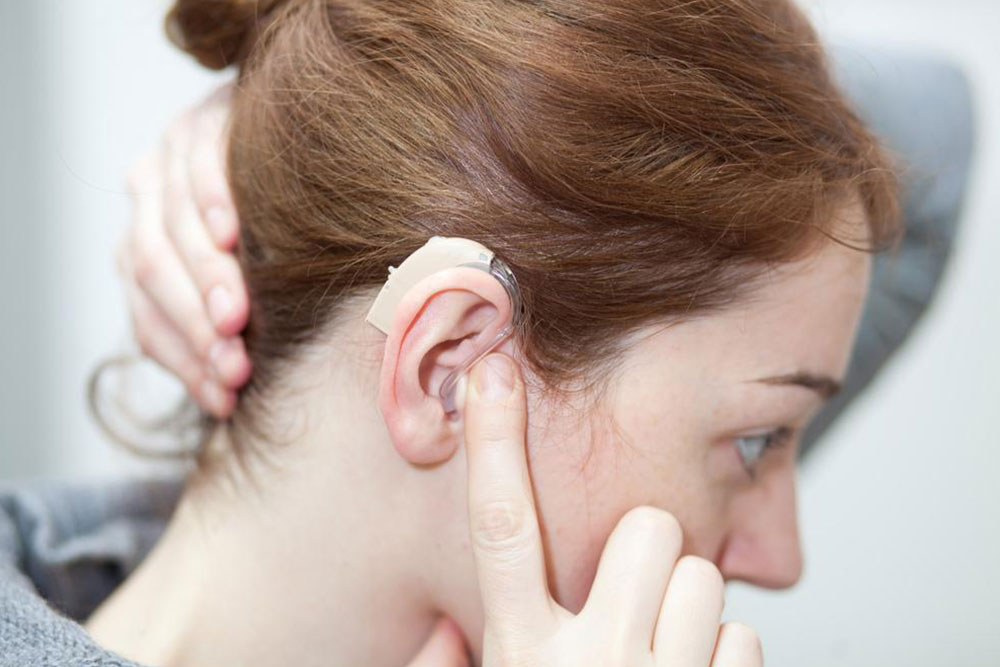Understanding Levels of Hearing Impairment
Learn about the different degrees of hearing loss, how they're diagnosed through audiograms, and available treatment options including hearing aids and surgery. Early assessment and personalized care can significantly improve quality of life for individuals with hearing impairments.

Understanding Levels of Hearing Impairment
Identifying the severity of hearing loss is crucial for effective management, as its effects vary among individuals. Your healthcare provider will perform a hearing assessment to evaluate your condition, determining how well you can perceive speech and sounds in your environment. This evaluation measures hearing thresholds in decibels and charts them on an audiogram. Hearing loss is categorized into different levels:
No Loss – Hearing sensitivity between 0-25 dB indicates normal hearing.
Mild Loss – Challenges in noisy settings may occur with thresholds from 25-40 dB, but speech is understood comfortably in quiet environments.
Moderate Loss – Thresholds between 40-70 dB hinder perception of normal sounds and speech.
Severe Loss – Hearing above 70-90 dB affects comprehension of loud sounds and speech.
Profound Loss – Hearing loss exceeding 91 dB often requires hearing aids, sign language, or cochlear implants for communication.
Based on your assessment, your doctor will recommend suitable hearing aids, such as CIC, ITE, BTE, or RIC styles, or suggest surgical options if necessary. Proper diagnosis ensures tailored treatment to improve hearing capabilities.









